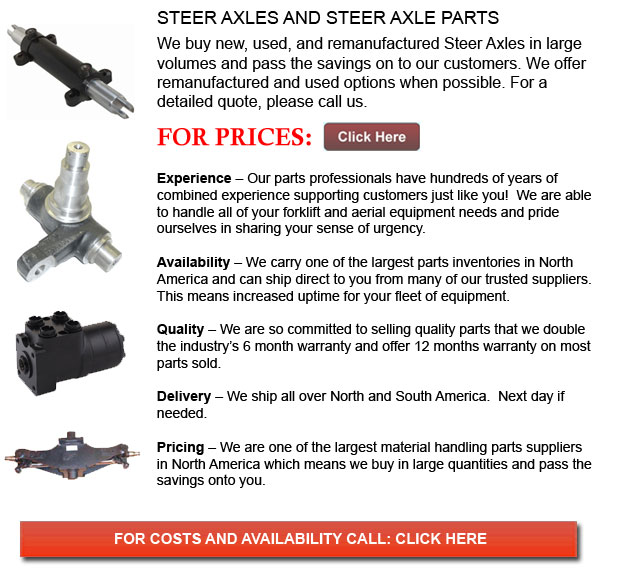
Forklift Steer Axle - The description of an axle is a central shaft utilized for turning a gear or a wheel. Where wheeled motor vehicles are concerned, the axle itself may be connected to the wheels and turn together with them. In this situation, bushings or bearings are provided at the mounting points where the axle is supported. On the other hand, the axle may be fixed to its surroundings and the wheels can in turn turn around the axle. In this instance, a bushing or bearing is located within the hole in the wheel to be able to allow the wheel or gear to rotate all-around the axle.
With cars and trucks, the term axle in several references is utilized casually. The term normally means shaft itself, a transverse pair of wheels or its housing. The shaft itself rotates with the wheel. It is usually bolted in fixed relation to it and known as an 'axle' or an 'axle shaft'. It is equally true that the housing around it that is generally called a casting is also known as an 'axle' or at times an 'axle housing.' An even broader sense of the term means every transverse pair of wheels, whether they are connected to one another or they are not. Thus, even transverse pairs of wheels within an independent suspension are frequently known as 'an axle.'
The axles are an integral component in a wheeled vehicle. The axle serves to be able to transmit driving torque to the wheel in a live-axle suspension system. The position of the wheels is maintained by the axles relative to one another and to the motor vehicle body. In this system the axles should likewise be able to bear the weight of the vehicle together with whatever load. In a non-driving axle, like for example the front beam axle in several two-wheel drive light vans and trucks and in heavy-duty trucks, there will be no shaft. The axle in this condition serves only as a steering part and as suspension. Several front wheel drive cars have a solid rear beam axle.
There are various kinds of suspension systems where the axles function only to transmit driving torque to the wheels. The angle and position of the wheel hubs is a function of the suspension system. This is normally found in the independent suspension found in the majority of new SUV's, on the front of various light trucks and on nearly all new cars. These systems still consist of a differential but it does not have attached axle housing tubes. It can be fixed to the motor vehicle body or frame or likewise could be integral in a transaxle. The axle shafts then transmit driving torque to the wheels. The shafts in an independent suspension system are similar to a full floating axle system as in they do not support the vehicle weight.
The motor vehicle axle has a more ambiguous description, meaning that the parallel wheels on opposing sides of the vehicle, regardless of their type of mechanical connection to one another.
![]() Click to Download the pdf
Click to Download the pdf
Forklift Parts
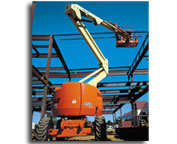
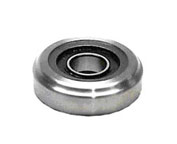
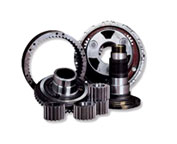
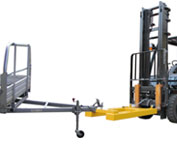
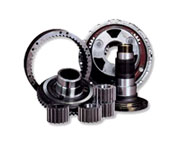
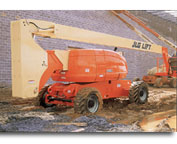
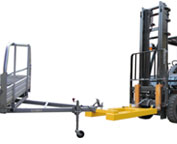
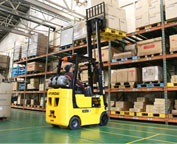
Lift Parts Express
TOLL FREE: 1-888-695-7994
Warren, Michigan
forkliftpartswarren.com
Email Us
About Us


